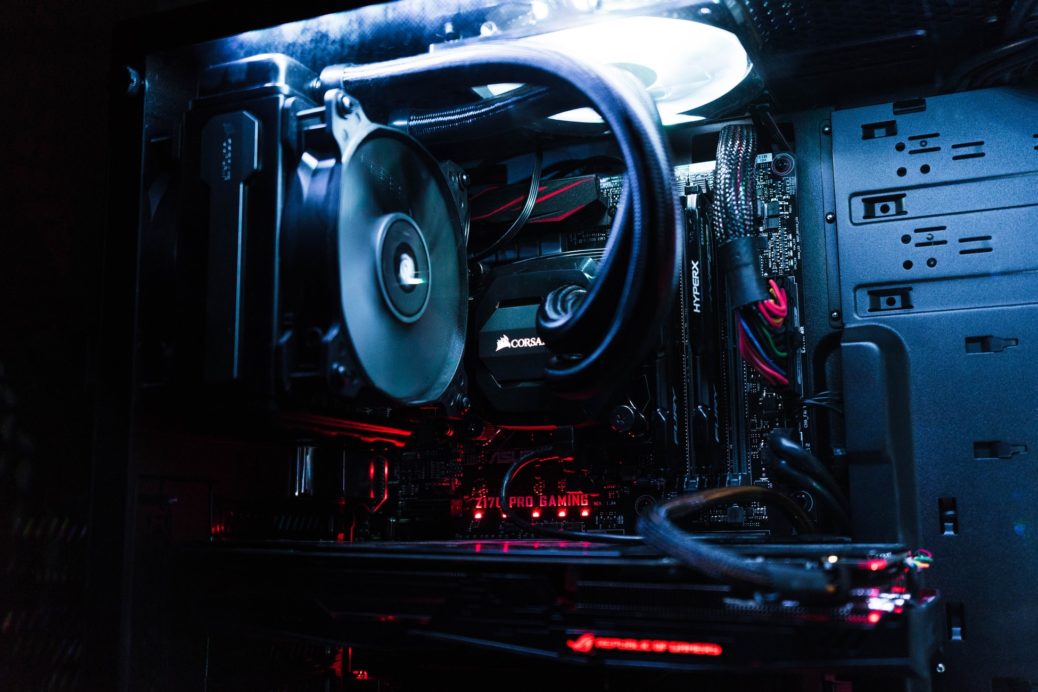
Credit: Unsplash
You gotta save at least a little space on your hard drive.
Currently, I have 589 games registered to my Steam library, accumulated over the course of 12 years. I don’t have a problem, you have a problem, shut up. While my current computer has both a hard drive and a solid-state drive, the latter of which houses all of my games, my previous computers didn’t have nearly as much dedicated space, so if I wanted to install a lot of big games at once, I had to get a little creative. Luckily, it’s more than possible to run Steam games from an external hard drive, provided it’s big enough.
Firstly, if you want to do this, you should make sure it’s a proper, full-on external hard drive or SSD. A tiny flash drive, even if it can store multiple gigs of data, isn’t designed to process that data quick enough to be conducive to good gameplay. When you’ve plugged your external into your computer via a USB slot (preferably a USB 3.0), you can copy any Steam files you have on your normal hard drive over to it. You can find the file folder for your Steam library files by going to your Steam settings and clicking “Steam Library Folders” under the Downloads tab. This’ll bring up the file explorer, at which point you can just highlight, copy, and paste the files over. Though, it may be easier instead to just plug the external in and then set it as your default Steam install location. This can also be done from the Downloads tab.

Credit: Unsplash
Whether you set it as the default or copy the files over, once the external has a designated Steam library folder in it, you can set it as the default folder for Steam to draw from when you’re loading games, again in the Downloads tab. Assuming your external is powerful enough, your computer can run the games from its memory just like from its own internal memory, using its the rest of its parts to play normally.































